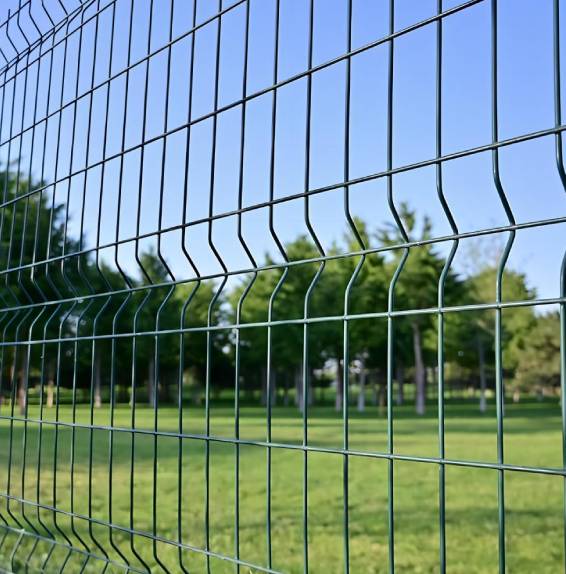Exploring Different Varieties of Woven Wire Fences for Enhanced Security and Aesthetic Appeal
Types of Woven Wire Fence A Comprehensive Overview
Woven wire fences have long been a favored choice for property owners seeking a sturdy and reliable boundary solution. These fences are made from interlaced wires that provide strength and durability, making them ideal for a wide variety of applications. In this article, we will explore the different types of woven wire fences, their benefits, and common applications.
1. Standard Wire Fence
The standard woven wire fence is perhaps the most common type. It features vertical and horizontal wires woven together in an alternating pattern. Typically, these fences come in a variety of heights and mesh sizes, ranging from small openings suitable for keeping small animals out to larger mesh suitable for livestock. This type of fence is widely used in agricultural settings where it helps to contain livestock while preventing wildlife from entering the premises.
2. Barbed Wire Fence
Barbed wire woven fences consist of sharp barbs attached at regular intervals along the horizontal wires. This design serves as a deterrent to intruders and wild animals, making it an excellent choice for security. Barbed wire fences are frequently seen in rural areas, where they are used to delineate property lines and keep larger animals at bay. While they are effective, they require careful installation to avoid injury to people and animals.
Electric woven wire fences combine the traditional woven wire design with electrical components to enhance security and containment. These fences are equipped with electric wires that deliver a mild shock when touched, providing an additional layer of deterrence against intruders or curious livestock. Electric woven wire fences are particularly effective for containing aggressive or escape-prone animals, making them popular among horse and livestock owners.
types of woven wire fence

4. Chain Link Fence
While technically not a woven wire fence in the traditional sense, chain link fences often serve similar purposes. Made of interlocking steel wires, these fences are known for their strength and versatility. They can be coated with vinyl or galvanized to resist corrosion, making them suitable for both residential and commercial applications. Chain link fences offer visibility while providing security, making them a common choice for playgrounds, parks, and industrial sites.
5. Field Fence
Field fences, or stock fences, are specifically designed for containing livestock. These fences typically feature closely spaced vertical wires at the bottom to prevent smaller animals from passing through, while wider spacing at the top allows for visibility. Field fences are often made from high-tensile wire, which contributes to their strength and resilience. They are commonly used on farms, ranches, and fields to keep animals in and predators out.
6. Horse Fence
Designed specifically for equine use, horse fences are a variation of woven wire fences that prioritize the safety of horses. These fences usually come with a tighter mesh, with openings small enough to prevent a horse's hoof from getting caught. Many horse owners opt for woven wire that is reinforced with additional vertical and horizontal wires to enhance stability and minimize the risk of collapse.
Conclusion
Woven wire fences offer a versatile and effective solution for various fencing needs. Whether for agricultural purposes, security, or livestock containment, there are numerous types available, each tailored to meet specific requirements. When choosing the right type of woven wire fence, it's essential to consider the intended application, the types of animals involved, and the desired level of security. Investing in quality woven wire fencing can ensure a lasting boundary that meets your needs for years to come.
-
Space-Saving Chain Fence Hacks Vertical Gardening with Cyclone MeshNewsJul.16,2025
-
Innovations in Iron Nail Wire Production for Modern ConstructionNewsJul.16,2025
-
Creative Uses of Wire Netting Fence in Modern Landscape DesignNewsJul.16,2025
-
Barbed Wire Fence Innovations in Anti-Climb TechnologyNewsJul.16,2025
-
Architectural Uses of Umbrella Nails for Aesthetic Roof DesignsNewsJul.16,2025
-
Architectural Uses of Razor Barbed Wire in Secure Urban DesignNewsJul.16,2025




